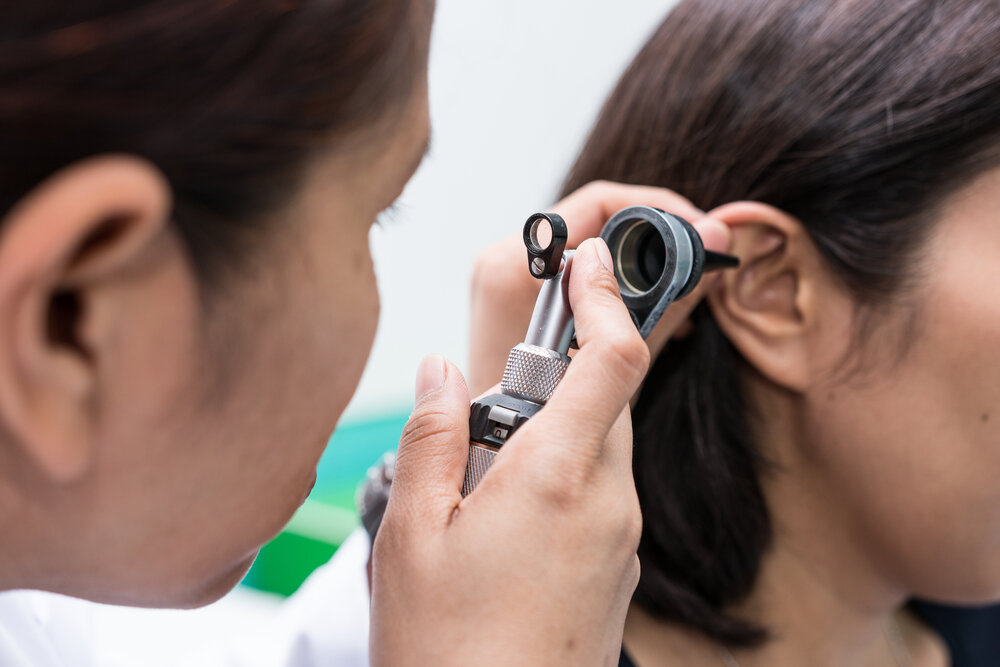Hearing Loss and Modern Treatments
Hearing is a significant sensory organ because it enables us to communicate with the setting more readily. Hearing loss can be challenging when it happens, especially if you are unaware of the treatment alternatives you are open to. Here's what you need to understand about hearing loss kinds and how contemporary treatments and technology can assist in the process of rehabilitation and when you need to visit an ear nose throat specialist in OKC.
Hearing Loss Types
The two primary types of hearing loss types are sensorineural hearing loss and conductive hearing loss.
Conductive Hearing Loss
The first impacts the ear outside, the eardrum, and the ear center. This sort of hearing loss occurs when sound dissipates as it moves to the center of the ear and the eardrum throughout the entire year. There are several problems that can lead to this. These include ear tumors, eardrum holes, or ear trauma.
Sensorineural Hearing Loss
The second form of hearing loss is caused by damage that facilitates hearing to the nerve pathways. This is the kind of hearing loss occurs most of the time as you grow older. If you have a sensorineural hearing loss, the hearing signal to the inner ear will be powerful but low when the brain turns into a signal. People with sensory hearing loss will hear something in most cases, but it will be muffled or incoherent.
Hearing Aids
Hearing aids are tiny devices worn in your ear to make sounds louder and clearer, even if they don't give you your complete hearing back. Many distinct kinds of hearing aids are available, including:
Hearing aids – hearing aids that fits the top and back of the ear
Hearing aids in the ear – small hearing aids that fit into the ear opening
Hearing aids in the channel – very small hearing aids that fit a little further into the ear opening so that they are visible only.
Hearing Implant
Hearing aids fail for some individuals, but they need a unique device to fit inside the skull during an operation. These are known as implants for hearing. Common implant types include cochlear implants, bone anchored hearing aids.
Bone anchored hearing aids
When sound does not arrive your inner ear due to hearing loss, a bone anchored hearing aids would be your choice. During a minor procedure, this sort of device is connected to your skull. It vibrates the bones near your ear and sends to the inner ear to pick up sound.
Cochlear Implants
If you have serious, continuous hearing loss that is not helped by hearing aids, for an alternative you can try a cochlear implant as an alternative. They operate by converting noise into electrical signals and sending it to the cochlea portion of the inner ear. The signals are traveling to the brain from here and being heard as noise.
Contact OKOA for ear nose throat specialist in OKC.
**Disclaimer: The information on this page is not intended to be a doctor's advice, nor does it create any form of patient-doctor relationship.

